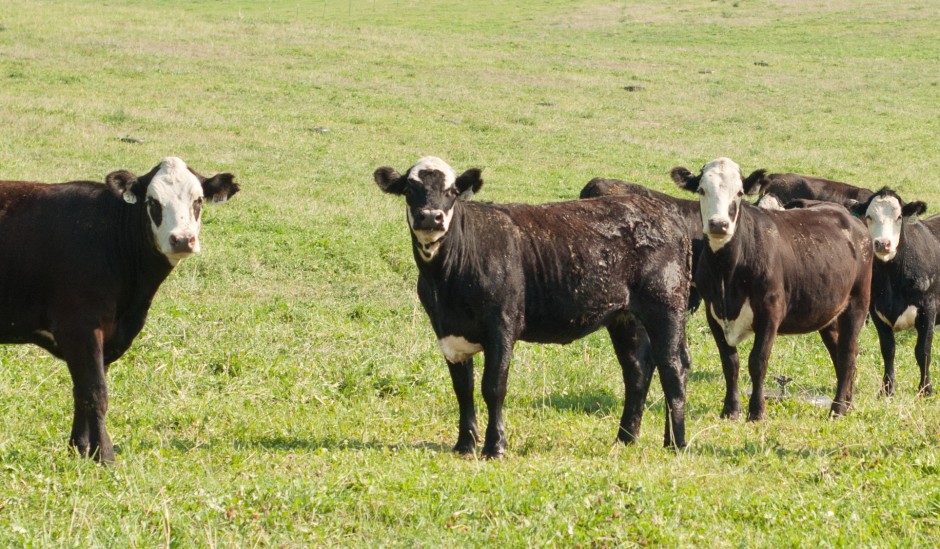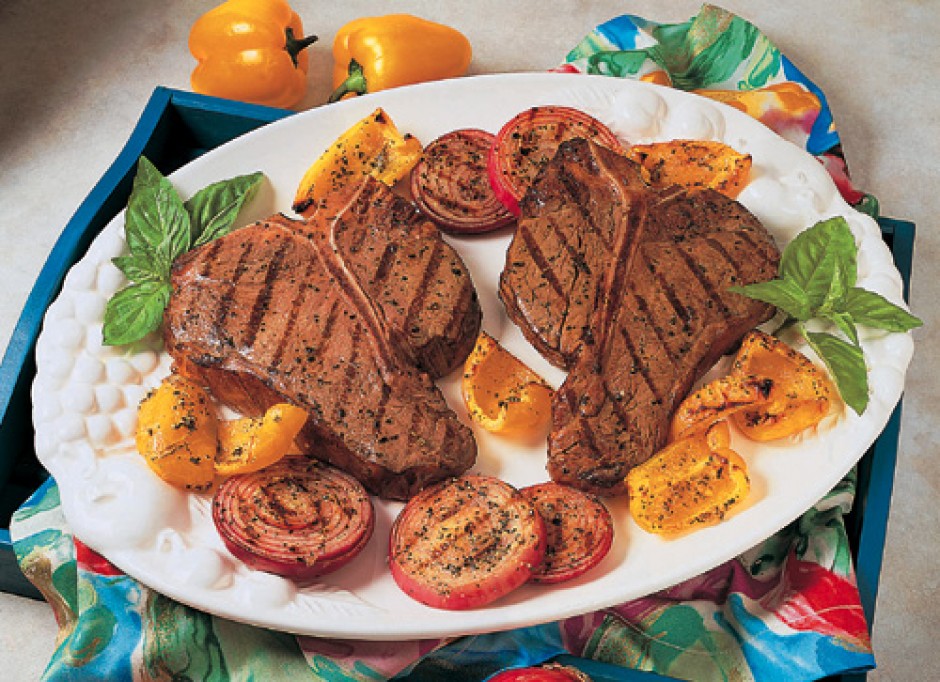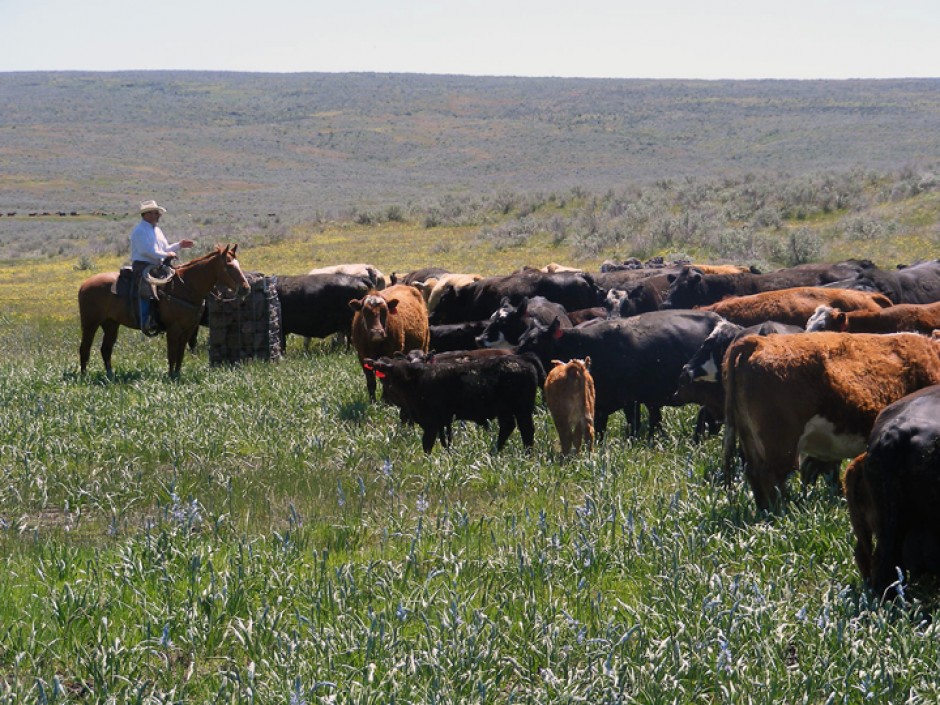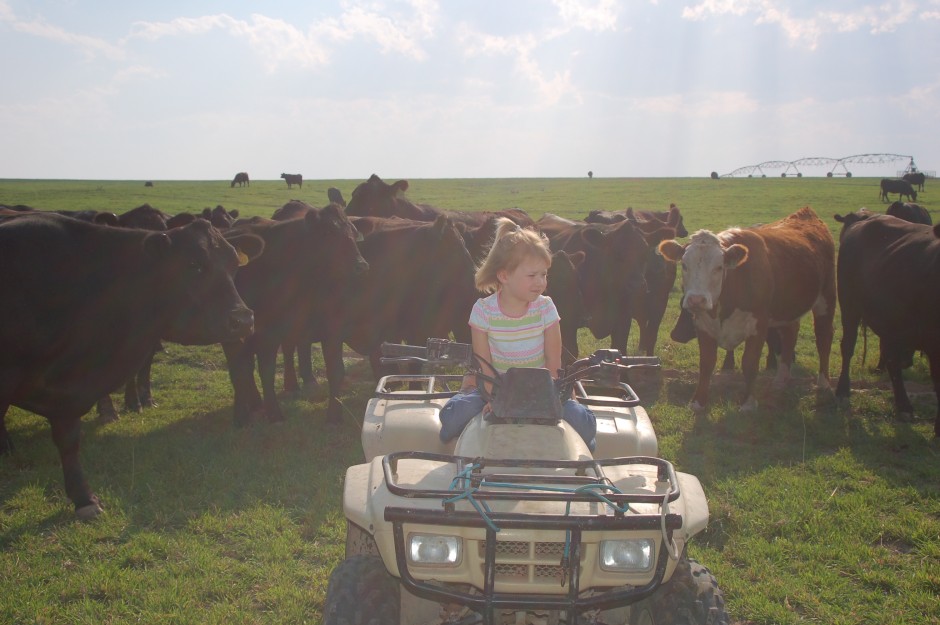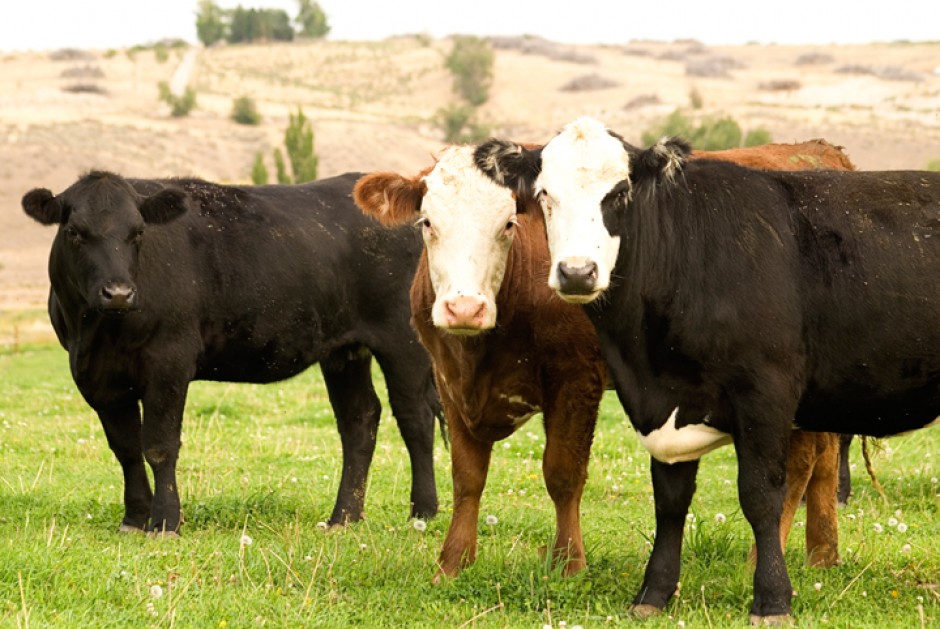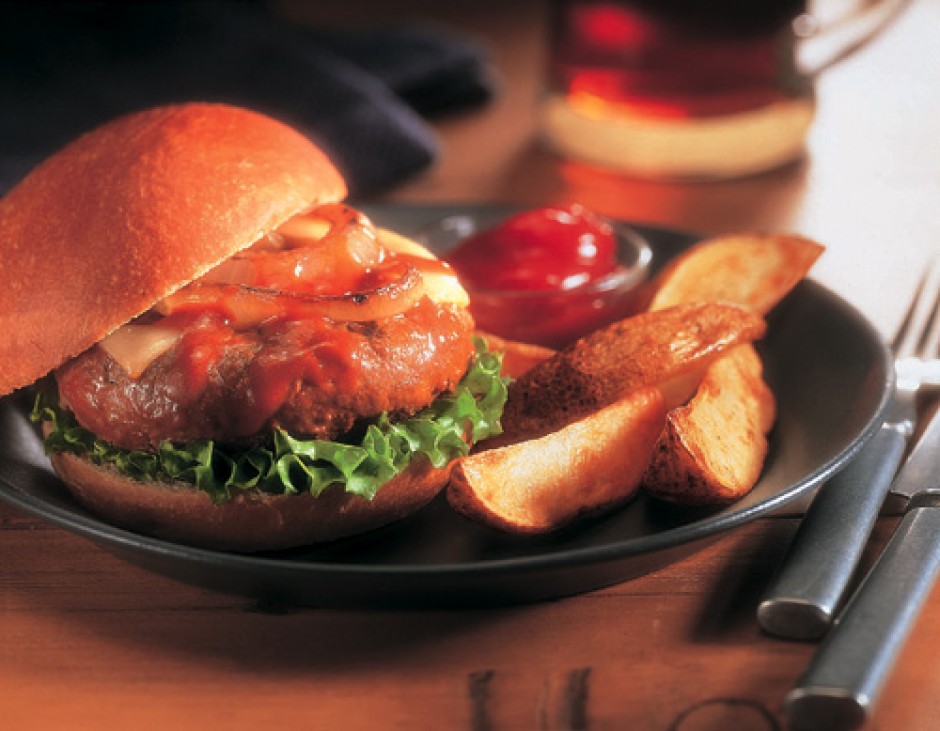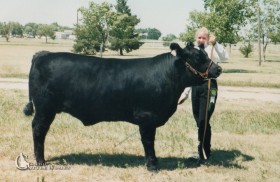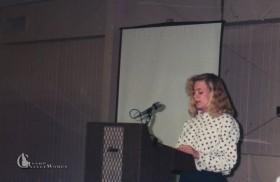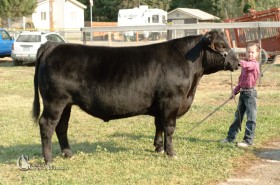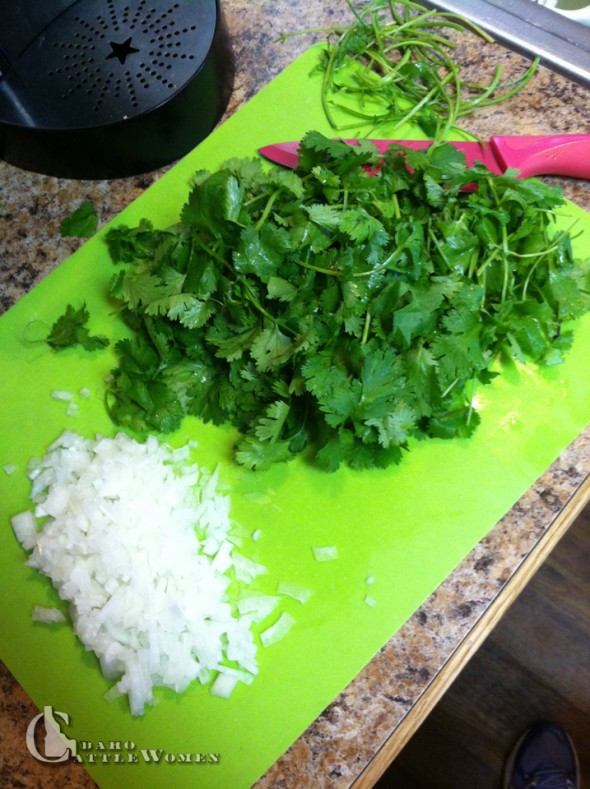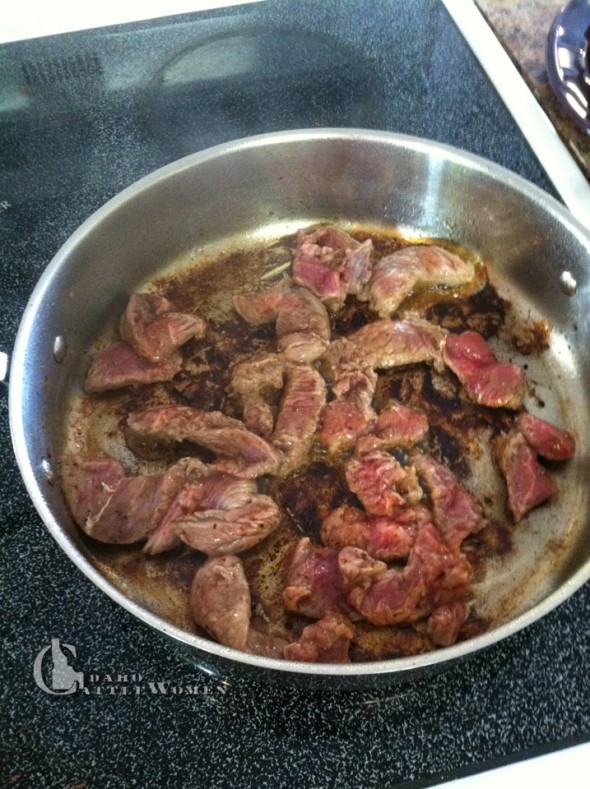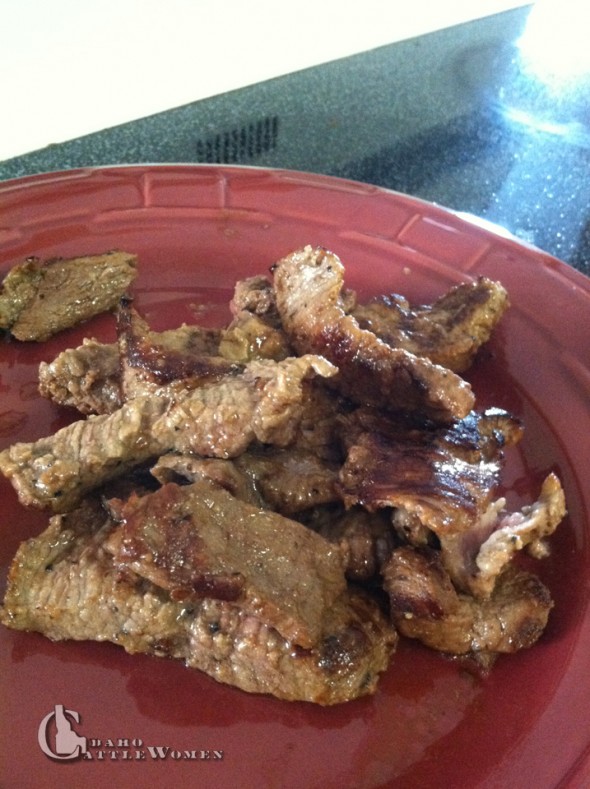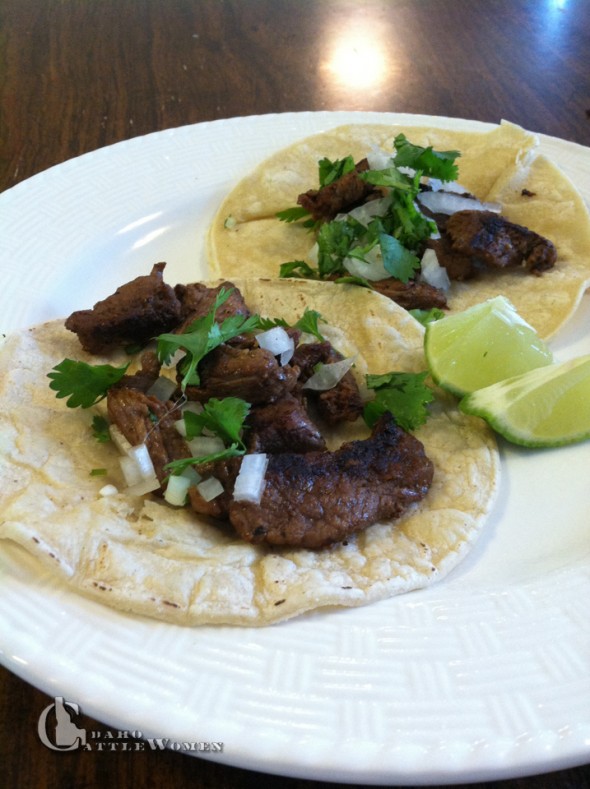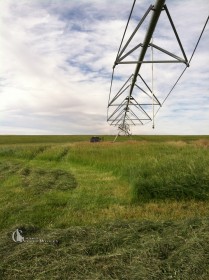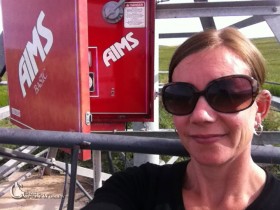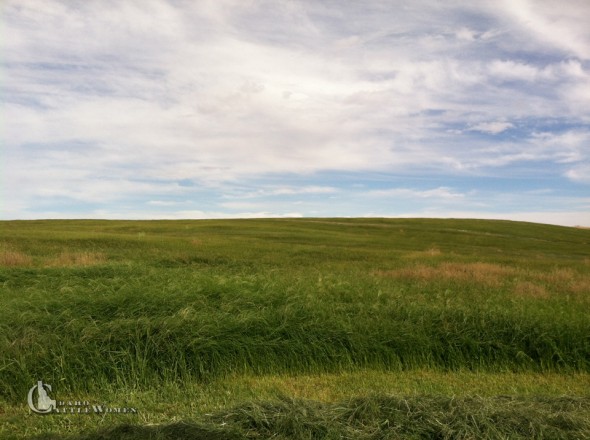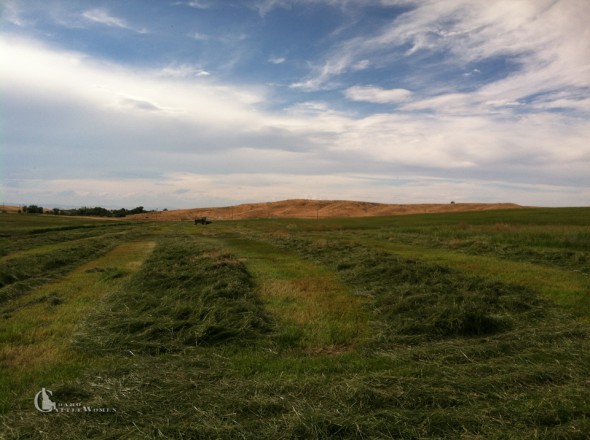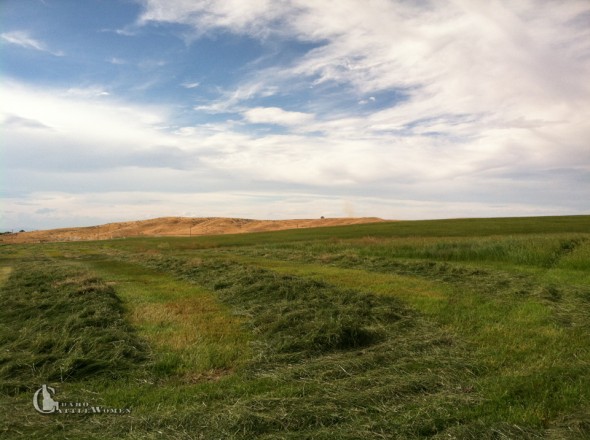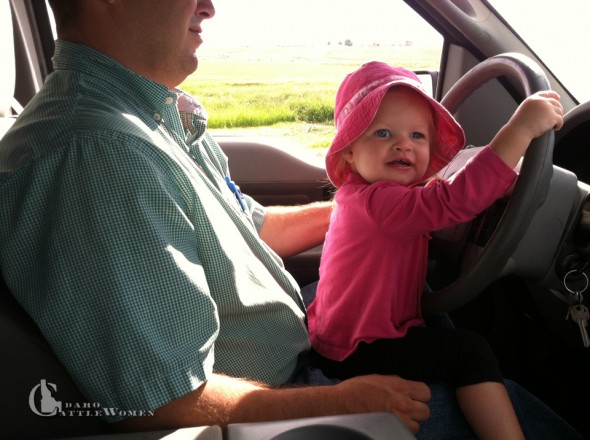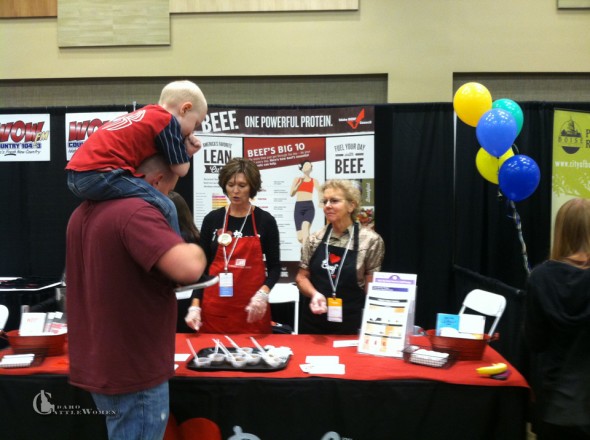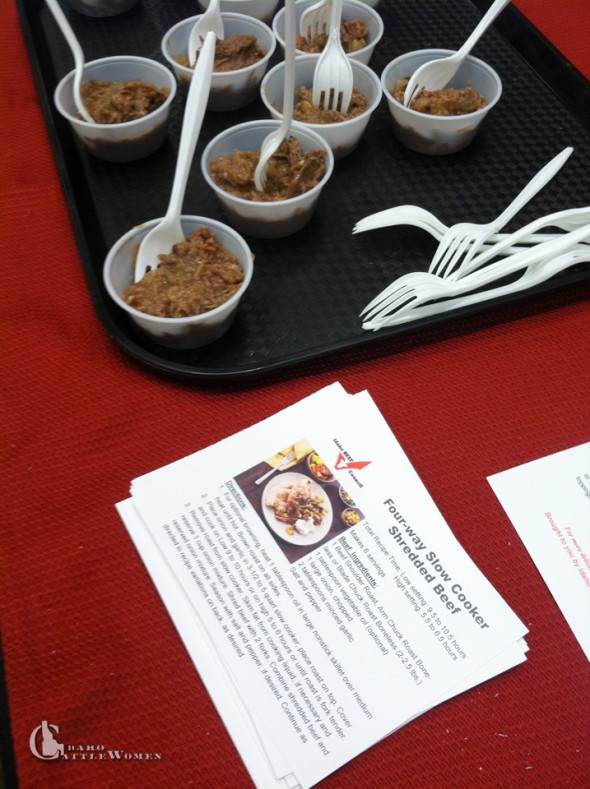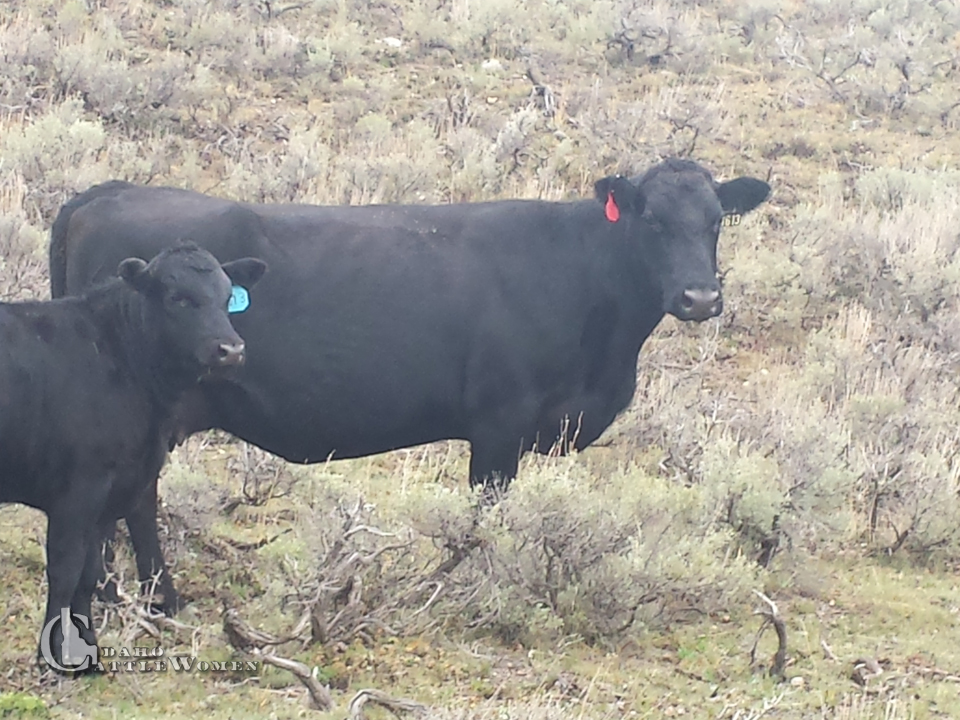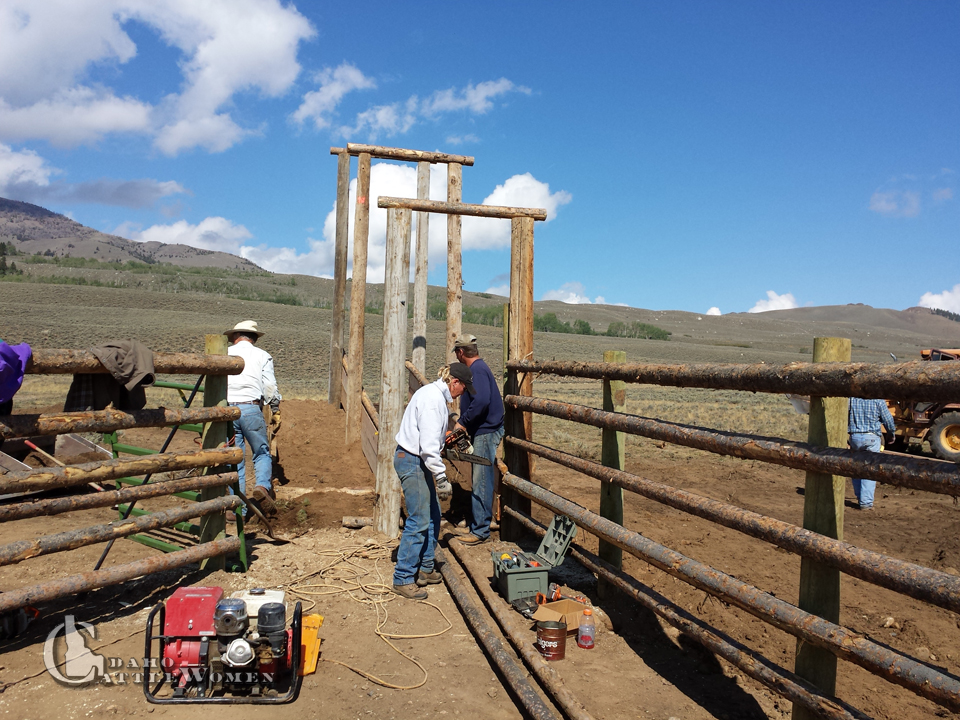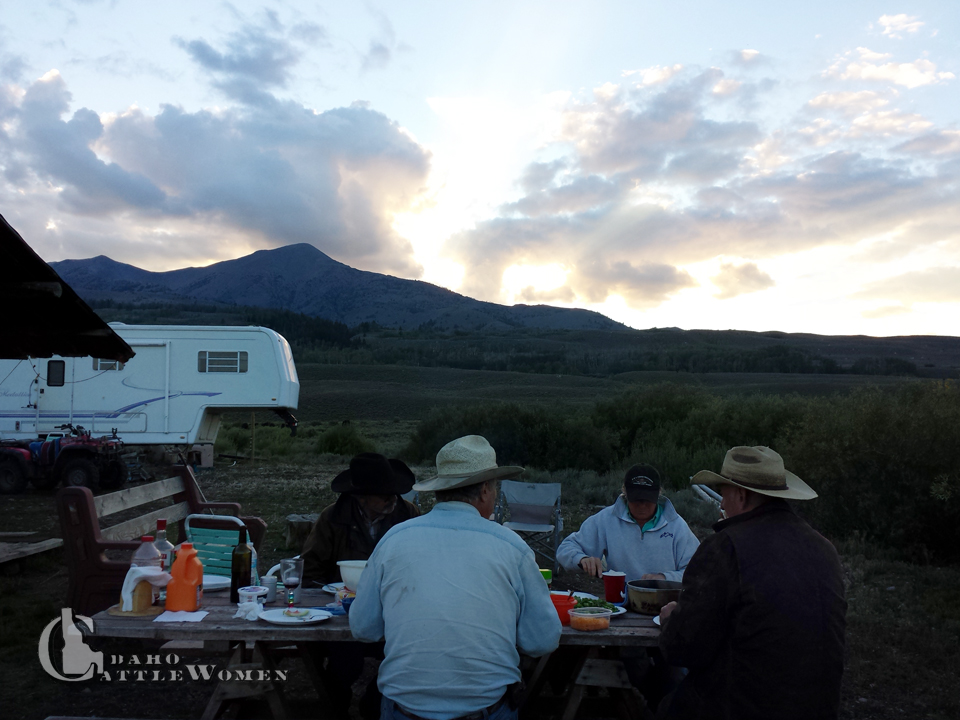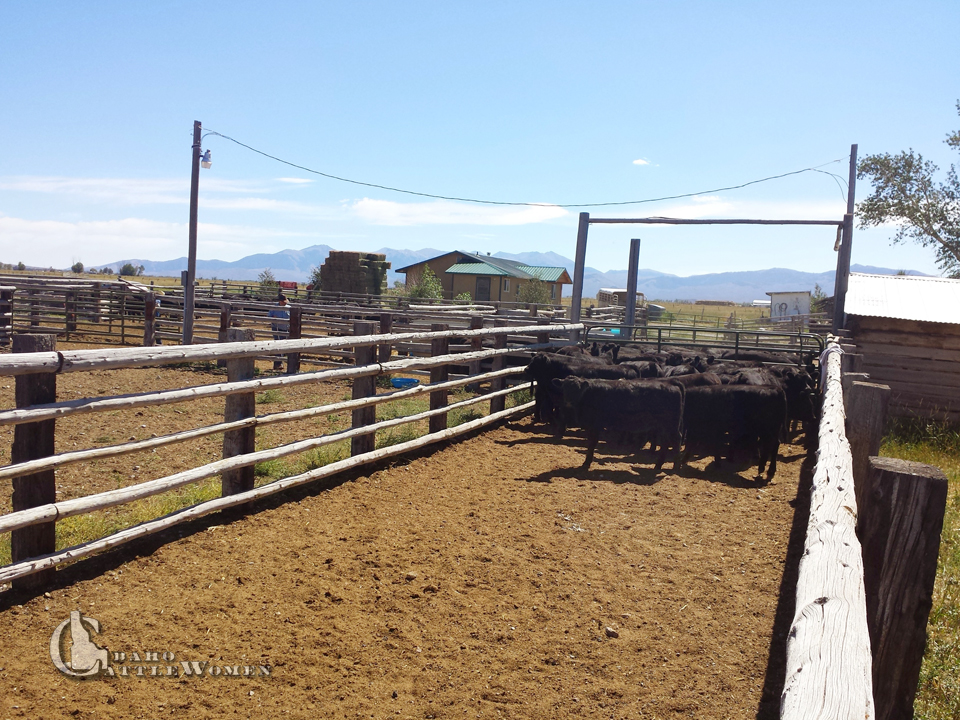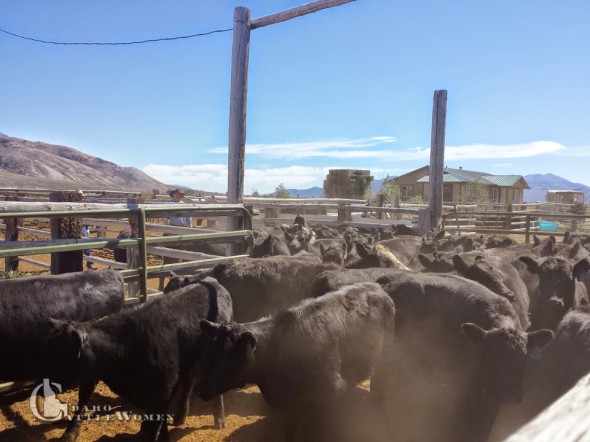4-H and FFA: programs for all youth
 I grew up a farm kid in the rural Midwest, and was an active 4-H member. We had a great program, which rivaled others in the state for the quality. I credit so much of my success today, both personally and professionally because of what I learned in 4-H. It included life lessons like it’s probably not a good idea to hit your horse at the end of a showmanship pattern to get her to move (went from winning the class to a white ribbon), making life-long friendships (people from across the country I still love to visit with), and honing valuable skills (cooking, sewing, taking care of an animal, managing money and time, giving to others…the list goes on).
I grew up a farm kid in the rural Midwest, and was an active 4-H member. We had a great program, which rivaled others in the state for the quality. I credit so much of my success today, both personally and professionally because of what I learned in 4-H. It included life lessons like it’s probably not a good idea to hit your horse at the end of a showmanship pattern to get her to move (went from winning the class to a white ribbon), making life-long friendships (people from across the country I still love to visit with), and honing valuable skills (cooking, sewing, taking care of an animal, managing money and time, giving to others…the list goes on).
I am thankful for our county 4-H agent and the countless hours he spent teaching us kids, and hauling us to different shows and contests. In fact, it was a sad day in our county when he decided to retire. I watched and earned from the older members and, in turn, shared my knowledge with others as well. I’m also grateful for my parents and all the other parent volunteers who guided me along the way.
Some of my greatest childhood memories happened because of 4-H. My mom loves to remind me of how I would immediately fall asleep in the truck while she drove me to/from horse shows. I like to remember that time together also gave us a chance for lots of conversation. Either way, thanks for driving, Mom! I’m excited to share the 4-H experience with my own kids as well and looking forward to making new memories with them.
So in honor of National 4-H Week (Oct. 7-11, 2014), I [continue] to pledge my head to greater thinking, my heart to greater loyalty, my hands to larger service and my health to better living, for my club, my community, my country and my world.
Another youth progr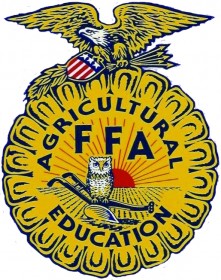 am creating leaders across the country is FFA. Now the high school I attended didn’t have an FFA chapter, so I didn’t get to experience that program myself, but I know many past and current members. And because I wasn’t a member, I had never heard the FFA Creed. Well, that is until the other night.
am creating leaders across the country is FFA. Now the high school I attended didn’t have an FFA chapter, so I didn’t get to experience that program myself, but I know many past and current members. And because I wasn’t a member, I had never heard the FFA Creed. Well, that is until the other night.
I heard it given by an FFA member practicing for his national contest, and I was totally blown away. (In fact, it was the inspiration for this post.) For one, his delivery was articulate and engaging. And two, the words of the FFA creed give us a powerful message about self sufficiency, pride in ourselves, helping others, our work as agriculturists and the promise of tomorrow. So whether you are an aggie or not, I believe these are words that anyone can live by. Best of luck to those youth traveling to the National FFA Convention (Oct. 29-Nov. 1, 2014)
FFA Creed
I believe in the future of agriculture, with a faith born not of words but of deeds – achievements won by the present and past generations of agriculturists; in the promise of better days through better ways, even as the better things we now enjoy have come to us from the struggles of former years.
I believe that to live and work on a good farm, or to be engaged in other agricultural pursuits, is pleasant as well as challenging; for I know the joys and discomforts of agricultural life and hold an inborn fondness for those associations which, even in hours of discouragement, I cannot deny.
I believe in leadership from ourselves and respect from others. I believe in my own ability to work efficiently and think clearly, with such knowledge and skill as I can secure, and in the ability of progressive agriculturists to serve our own and the public interest in producing and marketing the product of our toil.
I believe in less dependence on begging and more power in bargaining; in the life abundant and enough honest wealth to help make it so—for others as well as myself; in less need for charity and more of it when needed; in being happy myself and playing square with those whose happiness depends upon me.
I believe that American agriculture can and will hold true to the best traditions of our national life and that I can exert an influence in my home and community which will stand solid for my part in that inspiring task.
The creed was written by E. M. Tiffany, and adopted at the 3rd National Convention of the FFA. It was revised at the 38th Convention and the 63rd Convention.
Did you know? A Few 4-H and FFA Stats
4-H Membership:
• 70% Caucasian, 15% African American, 12% Hispanic, 2% Asian or Pacific Islander
• 2% American Indian or Alaskan
• 57% of 4-H members are from large inner cities, larger cities and their suburbs.
• 43% of 4-H members are from rural areas and towns with populations of 10,000 or less.
4-H meets the needs of youth. Number of youth enrolled in projects in these major areas include:
• 3,724,625 plants and animals
• 2,364,989 healthy lifestyle education
• 1,811,719 personal development and leadership
• 1,535,386 science and technology
• 1,250,635 environmental education and earth sciences
• 1,052,859 communications and expressive arts
• 680,425 citizenship and civic education
• 495,078 consumer and family sciences
FFA Membership:
• 67% of FFA membership is White; 22% is Hispanic/Latino; 8% is Black/African-American or American Indian; and 3% Asian, Pacific Islander or two or more races.
• FFA chapters are in 18 of the 20 largest U.S. cities, including New York, Chicago and Philadelphia.
• 92% of FFA chapters offer agriscience; 71% offer advanced agriscience and biotechnology; 59% offer agricultural mechanics; 49% offer horticulture; 43% offer animal science; and 24% offer environment-related.
4-H and FFA are not just for those in agriculture, but any youth wanting to gain valuable life skills.
~ Maggie
